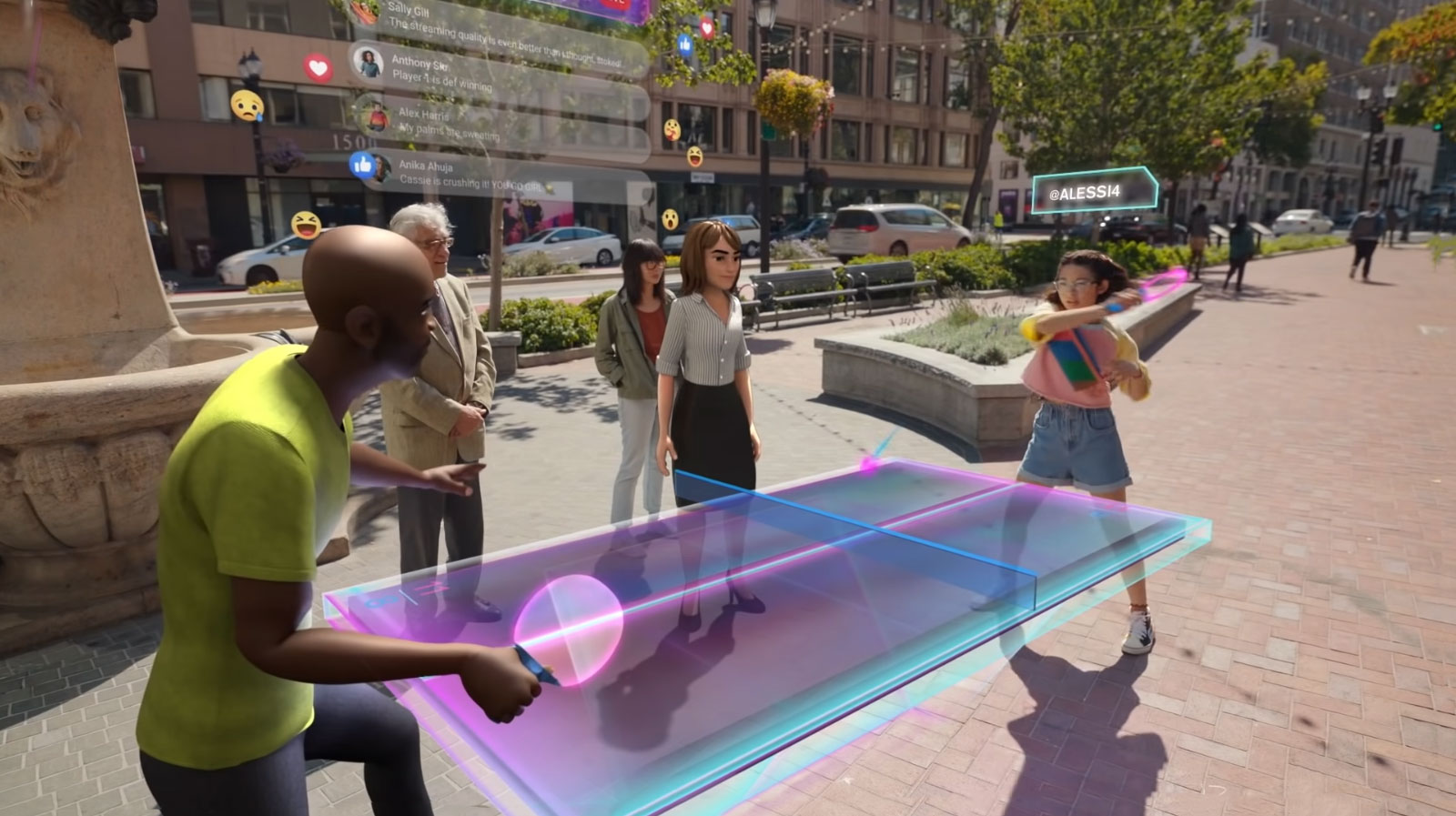
Ever since Facebook rebranded, started calling itself Meta, and announced plans for a new virtual world called the Metaverse, communities online have been talking about what the future of the internet will look like. Hype spread like wildfire, but the Metaverse never became as popular as we were led to believe.
Cybersecurity experts started warning us about threats in the Metaverse due to its lack of rules and regulations. Roblox went public and was valued at $41 billion USD (about $54.4 billion CAD) as part of the hype for the Metaverse. Companies like Walmart, Oreo, and Sony even released Metaverse experiences and products.
Some members of the tech industry, like video game developers and Apple CEO Tim Cook, have shown skepticism and disinterest towards it. Others leaned into it, like Microsoft CEO Satya Nadella, who said the tech giant would be creating “a new platform layer, which is the metaverse… the platform for you to build upon. In a sense, the metaverse enables us to embed computing into the real world and to embed the real world into computing, bringing real presence to any digital space. … I can’t overstate how much of a breakthrough this is.”
All this is only the tip of the iceberg. The Metaverse generated incredible hype in all sorts of communities, especially among fans of NFTs and cryptocurrencies. However, when examining even those strong audiences, the hype didn’t translate into engagement.
Decentraland is a virtual world to walk around in, and one of the largest and most well-funded metaverse programs. Its success came under scrutiny last year.
CoinDesk reported in October 2022 that Decentraland had only 38 active users in one 24-hour period (this number was sometimes mistakenly reported as Decentraland’s average daily active users instead of representative of just one day). Decentraland disputed CoinDesk’s article, claiming it did not accurately represent its active users and asserting that the number was actually around 8,000.
Due to the nature of the Metaverse, Decentraland, and user engagement, it’s difficult to get an accurate number. However, even 8,000 users seems low for a project that, at the time, was valued at around $1.3 billion USD (about $1.7 billion CAD). The price for MANA, Decentraland’s cryptocurrency, peaked in November 2021, following Mark Zuckerberg’s Metaverse announcement that October. Since then, its value has trended down.
Last year, The Verge contrasted Decentraland’s supposed 8,000 users with the stats for Left For Dead 2, a game released in 2009. I’ll provide a little update. In June 2023, Left for Dead 2 averaged more than 20,000 players. At the time of this writing, there are around 31,000 people actively playing; more than three times as many active users as Decentraland had in a day.
The Metaverse VR platform that was developed by Meta itself, called Horizon World, did slightly better. It hosted between 300 and 200 thousand users daily in 2022. However, it cost $36 billion USD (about $47.8 billion CAD) and only produced $470 USD (about $625 CAD) in global revenue.
Mark Zuckerberg’s attention, meanwhile, seems to have pivoted to AI. In a Facebook post in March, he said that Meta’s “single largest investment is in advancing AI and building it into every one of [its] products.” He mentioned the Metaverse twice in that post but offered no specifics or plans. He only referred to it as a way for Meta to “deliver a realistic sense of presence.”
Via: Insider, The National
MobileSyrup may earn a commission from purchases made via our links, which helps fund the journalism we provide free on our website. These links do not influence our editorial content. Support us here.


